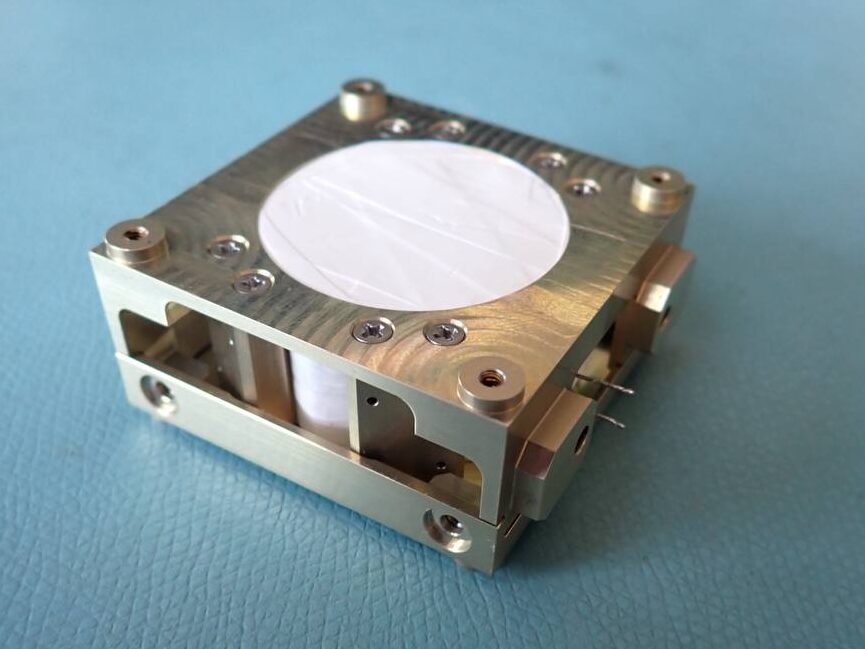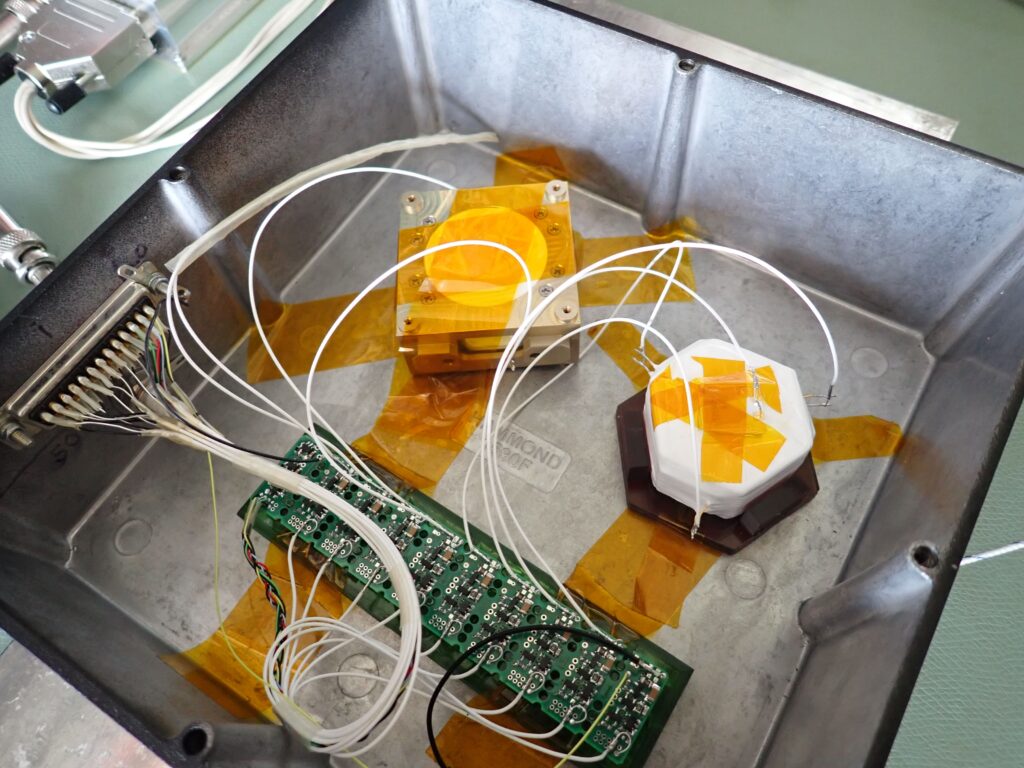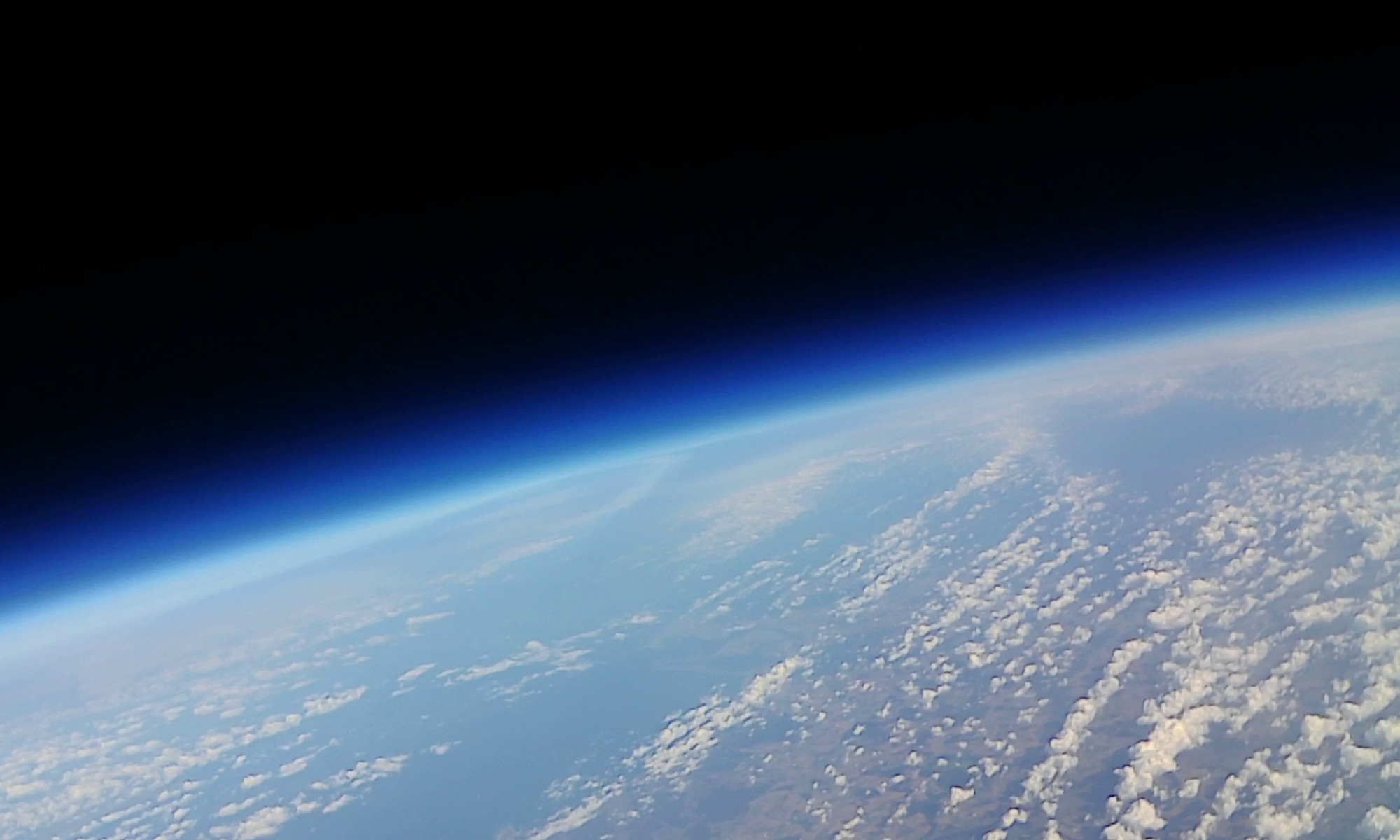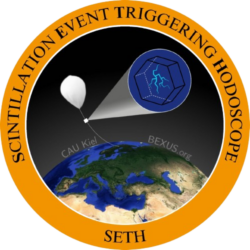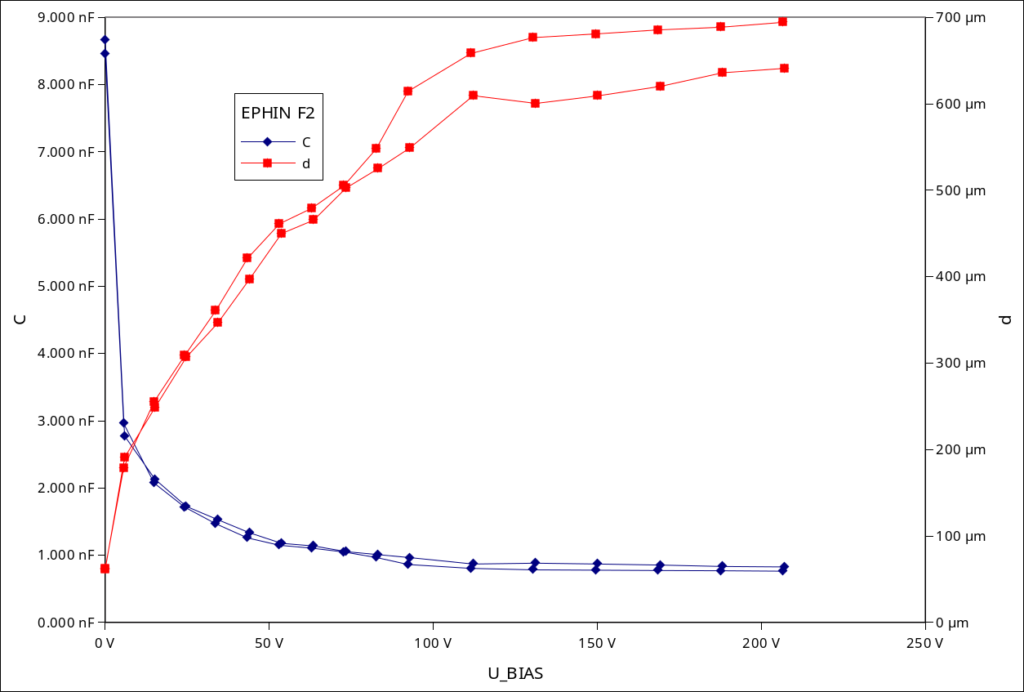From September 25 to 30, 2023, the science festival “Highlights der Physik” will come to Kiel. As part of this event, we plan to fly a weather balloon with a CHAOSJunior experiment. This consists of a small hexagonal bismuth germanium oxide scintillator (BGO) with two photodiodes glued on opposite sides and two segmented solid state detectors (SSDs), which were adopted from the High Energy Telescop (HET) experiment. These HET-B detectors are placed in front of and behind the BGO and are used for coincidence measurements. In the past weeks, two photodiodes were glued to the BGO on opposite sides. The so prepared BGO was wrapped today in such a way that the light generated in the BGO is reflected on all inner sides and reaches the diodes. This BGO with diodes will be first tested in an already existing test can the following days. In the meantime, a pre-amplifier board for the flight is soldered and connected to the BGO diodes and the HET-B detectors. Then this setup will be tested.
